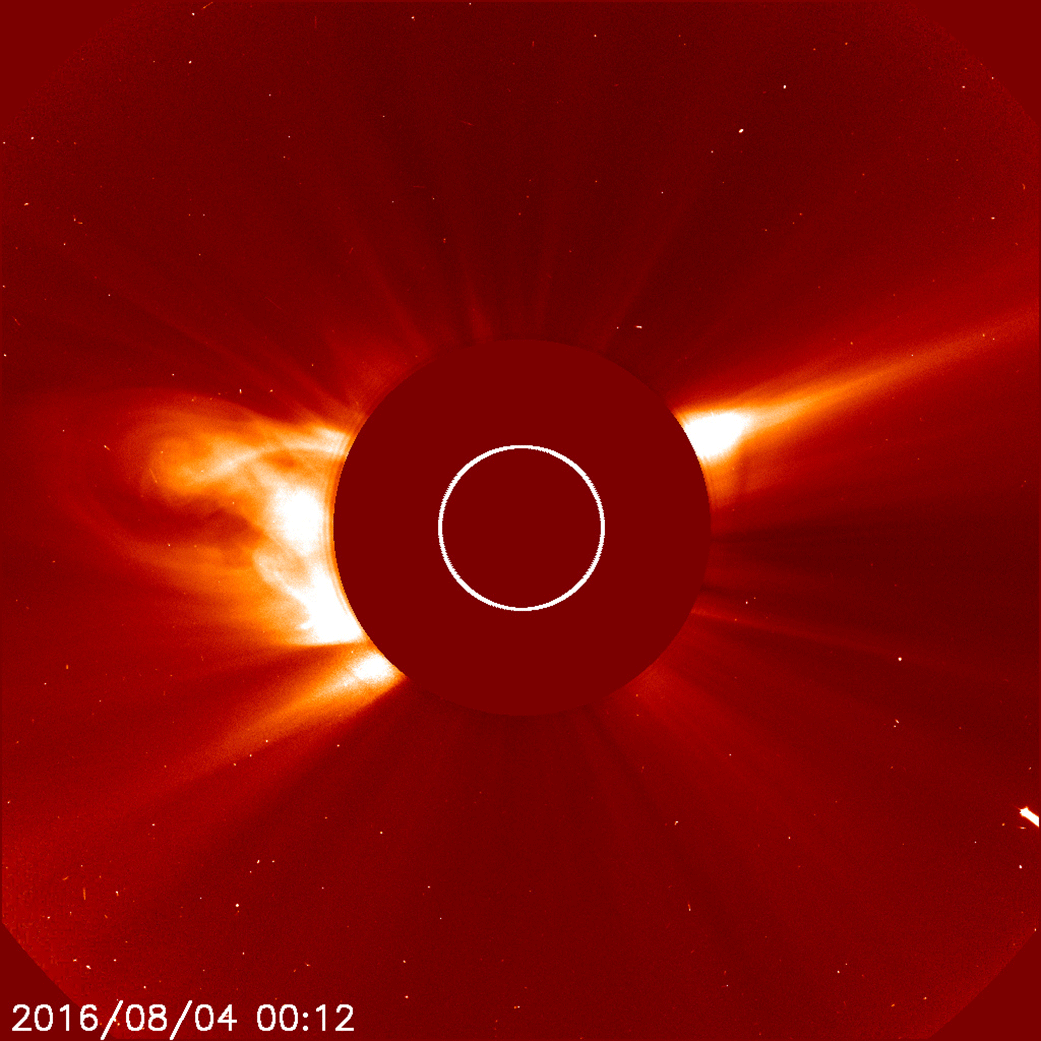Sungrazing Comet Seen Plunging To Its Death

Comets in our solar system that travel to its interior in their highly elliptical orbits tend to come close to the Sun before heading out again to the cold, far reaches of the Solar System again — the Kuiper Belt beyond Neptune or even farther out, beyond Pluto, to the Oort Cloud. The heating up of the frozen comet, when it nears the Sun, causes it to display the large tail that is its hallmark.
But sometimes, a sungrazing comet — a term for comets that pass extremely close to the Sun on their nearest approach to it — gets too close to the center of the Solar System and instead of whipping around our star, it plunges to a fiery death. However, there are other ways for a comet to die and one such incident was captured on camera by NASA and European Space Agency’s Solar and Heliospheric Observatory (SOHO) on Aug. 3-4.
SOHO “saw a bright comet plunge toward the Sun… at nearly 1.3 million miles per hour.” The comet was first spotted by SOHO on Aug. 1 and was a member of the Kreutz family of comets, which is made up of “a group of comets with related orbits that broke off of a huge comet several centuries ago,” according to NASA.
As seen by SOHO, the comet did not fall into the Sun despite starting its plunge toward it. The fateful comet would have whipped around the fiery ball “if it had survived its journey” but it was “torn apart and vaporized by the intense forces near the Sun” — a common fate for most sungrazing comets.
© Copyright IBTimes 2025. All rights reserved.





















